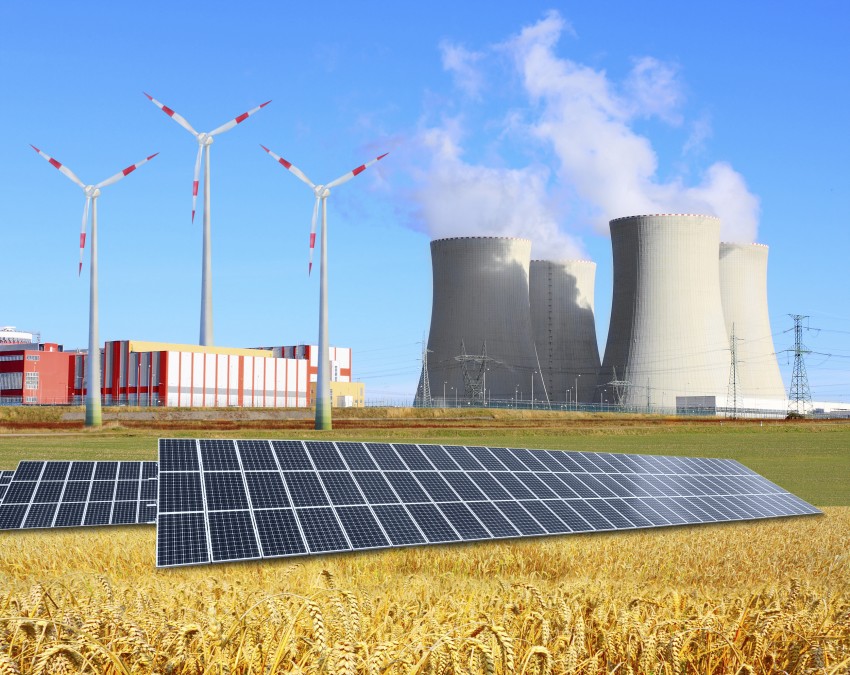As the United States grapples with an unstable economy, energy generation takes on new importance. Over 40 percent of the average American’s carbon footprint is tied to energy, whether it is electricity to cool one’s home or to fuel one’s car.
Because of its significance, it is worthwhile to scrutinize the different forms of energy sources to discover which types deliver an adequate return-on-investment. The answer may surprise you.
Factors Determining the Costs
There are several things to consider when determining the actual cost of energy generation. These factors include start-up costs, lifespan of a particular type and capacity. There are also intangible aspects, such as other environmental or human health impacts. All of these can determine the value of a particular form of energy.
Some overriding concerns also play a role. With mounting evidence to support global warming and climate change, one has to consider greenhouse gas emissions and their long-term effects. It is probably safe to say that without this incentive, renewable energy sources would almost be a non-player.
Start-Up Costs
The costs of building a new power plant certainly factor in on a value assessment. According to a July 8, 2012 article on Forbes.com, there is a wide disparity. A comparison of coal, solar, nuclear and hydropower yielded some interesting results. The threshold was a trillion kilowatt hours.

Of the four types, solar was most expensive at $76.8 billion to build 250 plants that could produce this kind of output. Nuclear came in second with $34.9 billion. Coal and hydroelectricity lagged behind at $41.4 billion and $32.8 billion, respectively.
There are other costs to consider. For example, solar power requires extraction of rare earth elements, an enormous invasive environmental costs. Coal and nuclear also require land disturbance. Hydroelectricity has long-term environmental effects that can impact wildlife, water chemistry and water quality.
Lifespan and Capacity Factor of Energy Sources
Viewing energy from an economic perspective is imperative, given the current global economy. A review of lifespan as well as the capacity factor of each source is necessary to determine its ultimate value. Again, the results show disparate costs.
Of the four types of energy sources, solar again ranks least effective, with a capacity factor of 25 percent. This figure represents the actual energy output versus its potential at full capacity. While solar energy has no fuel costs, the sun does not shine 24/7. Of the others, nuclear ranked the best at 90 percent. Hydroelectricity and coal came in at 41 percent and 71 percent, respectively.
Then, lifespan must be considered. Hydroelectricity offers the longest at 80 years. Next is nuclear at 60 percent. A coal plant’s lifespan comes in at 40 percent and solar at 25 percent. These figures show a disparity between the economy of a particular energy source and its environmental impact.
Other Factors to Consider
The question remains where to go from here? The economy sheds a whole new light on energy generation. In 2011, coal supplied 42 percent of the nation’s electricity, with renewable energy sources combined providing only 13 percent. Natural gas and nuclear power accounted for 25 percent and 19 percent, respectively.
The decision regarding future energy investment, therefore, may end up being one which pits the global economy versus the environment. It is sure to be a costly one no matter what course is followed.